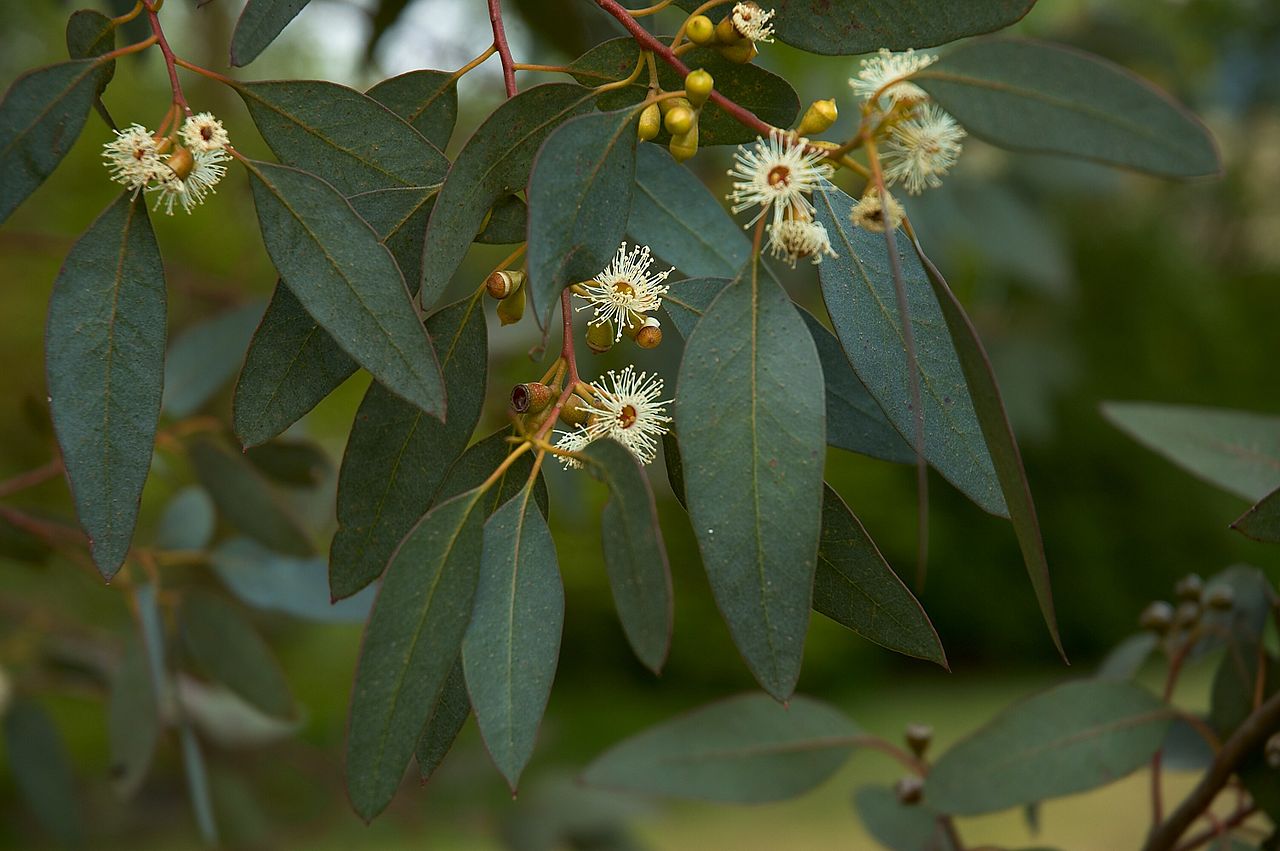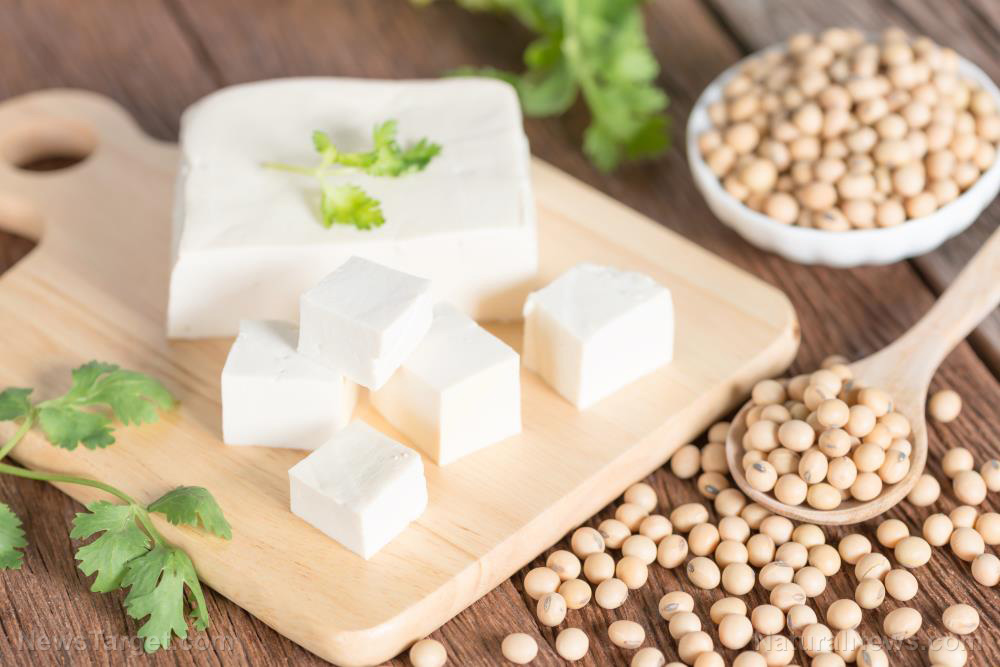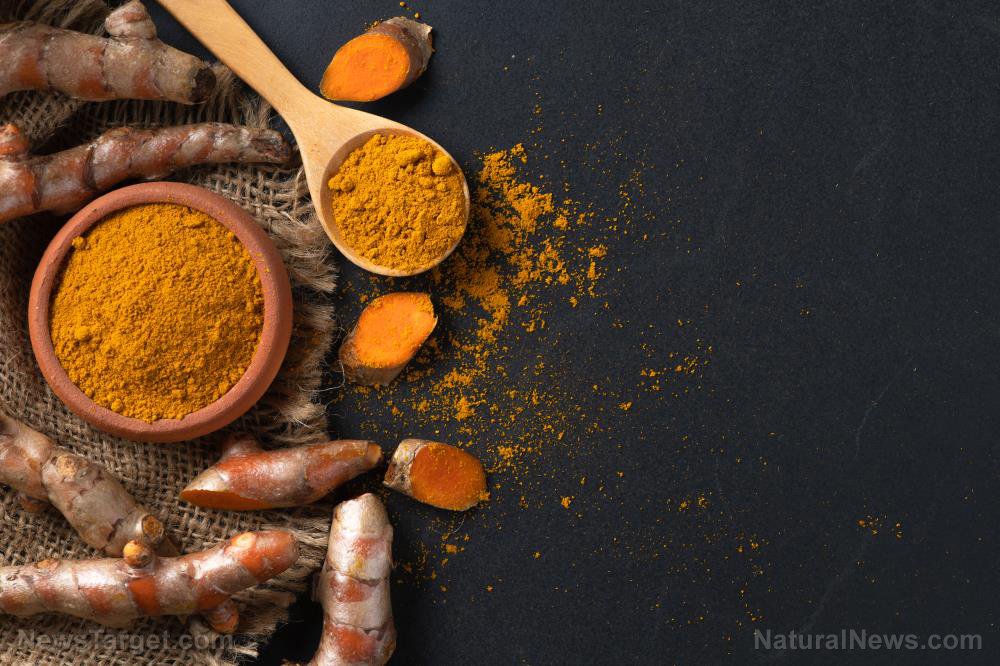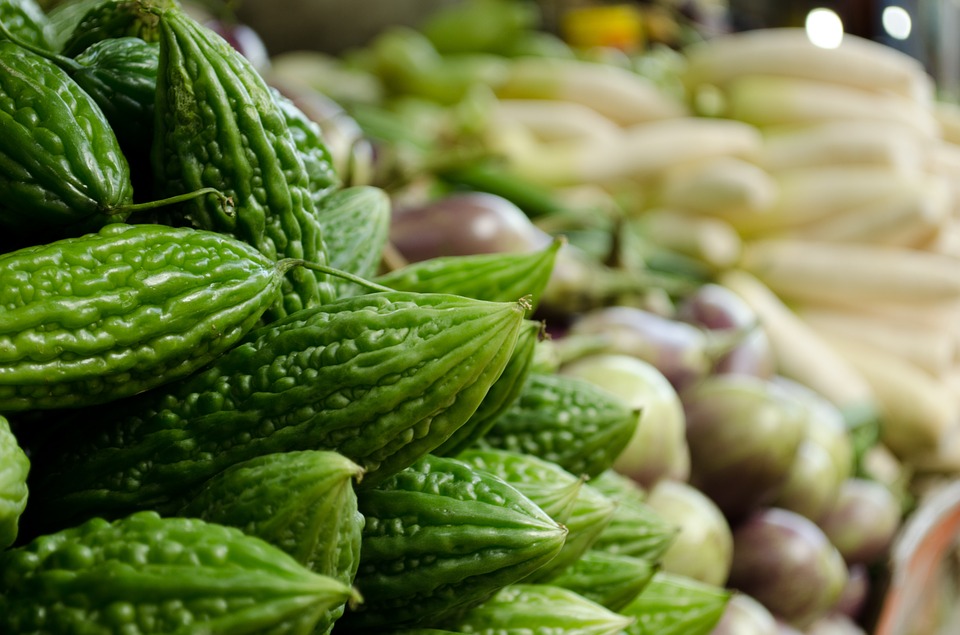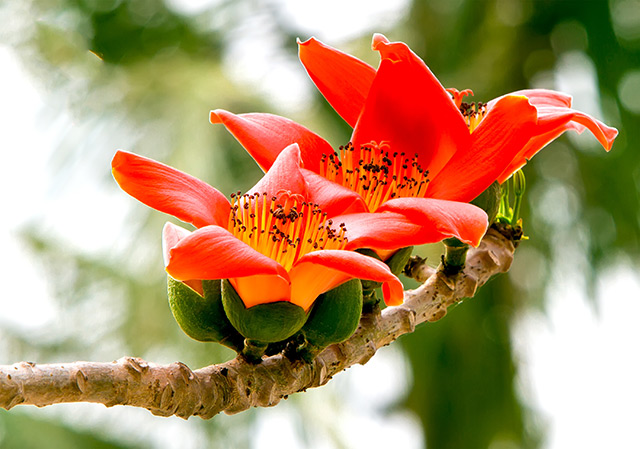Chamomile tea may control diabetes, professor says
06/06/2018 / By Edsel Cook

You have a new reason to drink a hot cup of chamomile tea before bedtime. The humble yellow flower was recently revealed to control or even prevent diabetes. In an article on The Conversation, a British researcher who specializes in historical textile dyes has identified the specific diabetes-fighting compounds found in the herb.
Professor Richard Blackburn is the leader of The Sustainable Materials Research Group at the University of Leeds (Leeds). He and his partner Chris Rayner have spent the better half of two decades studying natural colorants that were used to give textiles their color since ancient times.
Most of the techniques that remove dyes from textiles are rough on the colorant molecule. If the molecule takes damage, the information about its chemical composition is lost.
However, Blackburn and Rayner’s research team devised a gentler way to extract the dye without damaging it. Their new glucose-based method allowed them to study colorants used before the 1850s, when artificial dyes began replacing them.
It so happens that chamomile was one of the popular natural dyes used back in those times. It imparted a bright yellow color on natural fibers like cotton and wool.
Chamomile is officially recognized as a relaxant and sedative in 26 countries
Blackburn’s team eventually struck up a conversation with their counterparts in Leeds’ School of Food Science and Nutrition. Gary Williamson and his research group were also studying the chemistry of chamomile, but for an entirely different reason.
Chamomile is widely known and used as a herbal tea that helps people sleep better. It is officially recognized as a relaxant and sedative drug in the U.K. and 25 other countries.
Williamson had been investigating other uses for chamomile. In particular, he was inspired by the use of German chamomile (Matricaria chamomilla) to alleviate digestive problems. (Related: Super Benefits of Chamomile Tea and How It Can Switch Off Cancer Cells.)
His team explored how natural compounds in food and drinks could improve the digestion of carbohydrates. In 2017, they discovered that German chamomile could regulate blood sugar levels, which meant it could control diabetes.
Now Williamson was trying to track down the specific compounds in chamomile that controlled the runaway blood glucose levels associated with diabetes. Blackburn offered to lend his team’s expertise on natural dyes to his fellow Leeds researchers.
Blackburn’s team adapted their glucose-based technique so that they could get the natural compounds directly from chamomile flowers instead of textiles. The two teams then combined their resources to analyze those extracts.
Natural compounds in chamomile control carbohydrate digestion and blood glucose levels
They reported finding four active compounds in chamomile that could control the digestion of carbohydrates. Blackburn’s team recognized the compounds apigenin-7-O-glucoside and apigenin from their earlier research on chamomile dyes. They were used as yellow colorants in wool textiles.
The other two compounds were (Z) and (E)−2-hydroxy-4-methoxycinnamic acid glucosides. Earlier studies made mistakes in identifying them, but Blackburn corrected those errors.
Having narrowed down the list of active compounds, the Leeds researchers looked at how the parts played by those four compounds. Their findings showed that the combination of all four compounds could control the rates at which carbohydrates were digested and absorbed.
Blackburn believed that these compounds could be extracted from chamomile and turned into a concentrate for the treatment of diabetes. He also expressed his pleasure at contributing his knowledge on historical textile dyes to important medical research.
So there you have it. A cup of chamomile tea every evening doesn’t just relieve your stress and help you sleep. Experts believe it could also protect you from diabetes.
Find out more natural ways to control and prevent diabetes at DiabetesScienceNews.com.
Sources include:
Tagged Under: alternative medicine, anti-diabetes, blood glucose levels, blood sugar levels, carbohydrate digestion, carbohydrates, chamomile, chamomile dye, chamomile extracts, chamomile flowers, chamomile tea, diabetes, diabetes control, diabetes management, diabetes prevention, diabetes remedy, diabetics, German Chamomile, herbal medicine, herbal tea, natural colorants, natural dyes, natural remedies, relaxants, sedatives




